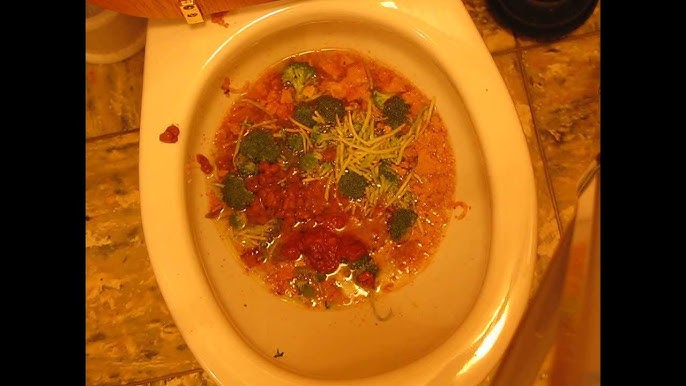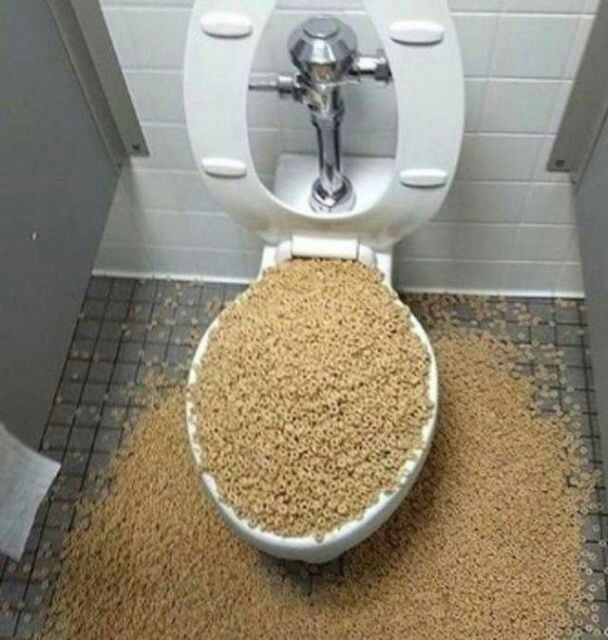Can You to Flush Food in the Toilet?
Can You to Flush Food in the Toilet?
Blog Article
They are making a number of good points relating to Is it safe to flush food (especially rice) down the toilet? in general in this content on the next paragraphs.

Intro
Lots of people are frequently faced with the issue of what to do with food waste, specifically when it concerns leftovers or scraps. One typical question that arises is whether it's all right to purge food down the toilet. In this post, we'll delve into the reasons that people might think about purging food, the effects of doing so, and different methods for correct disposal.
Reasons individuals could think about purging food
Absence of awareness
Some individuals may not understand the prospective damage triggered by flushing food down the commode. They may wrongly think that it's a safe practice.
Comfort
Flushing food down the commode might feel like a fast and easy service to throwing away undesirable scraps, especially when there's no neighboring garbage can offered.
Laziness
In many cases, individuals may simply choose to flush food out of large negligence, without thinking about the consequences of their activities.
Effects of flushing food down the bathroom
Ecological impact
Food waste that ends up in rivers can add to contamination and damage marine environments. In addition, the water utilized to flush food can strain water resources.
Plumbing concerns
Purging food can bring about clogged pipelines and drains, creating costly pipes repair services and inconveniences.
Kinds of food that should not be purged
Fibrous foods
Foods with fibrous structures such as celery or corn husks can get tangled in pipelines and create blockages.
Starchy foods
Starchy foods like pasta and rice can absorb water and swell, causing obstructions in pipelines.
Oils and fats
Greasy foods like bacon or cooking oils ought to never ever be flushed down the bathroom as they can solidify and trigger blockages.
Correct disposal techniques for food waste
Making use of a waste disposal unit
For homes equipped with garbage disposals, food scraps can be ground up and flushed through the pipes system. Nonetheless, not all foods are suitable for disposal in this way.
Recycling
Certain food packaging materials can be recycled, lowering waste and minimizing environmental influence.
Composting
Composting is an eco-friendly way to throw away food waste. Organic materials can be composted and utilized to improve dirt for gardening.
The relevance of correct waste administration
Decreasing ecological harm
Appropriate waste management methods, such as composting and recycling, help lessen air pollution and protect natural deposits for future generations.
Safeguarding pipes systems
By avoiding the method of flushing food down the commode, homeowners can protect against expensive plumbing repair work and preserve the stability of their pipes systems.
Conclusion
In conclusion, while it may be tempting to flush food down the toilet for benefit, it is essential to recognize the possible repercussions of this action. By embracing proper waste management techniques and taking care of food waste sensibly, individuals can add to healthier pipes systems and a cleaner environment for all.
FLUSH FOOD DOWN THE TOILET?
FLUSHING FOOD CAN CAUSE BLOCKED DRAINS IN YOUR HOME
All of the plumbing fixtures in your home are connected to the same sewer pipe outside of your home. This outdoor sewer pipe is responsible for transporting all the wastewater from your home to the Council sewer mains. Even small pieces of food that go down the kitchen sink can cause problems for your sewer. It should therefore be obvious that flushing larger bits of food, such as meat, risks a clog in either the toilet itself or the sewer pipes. Flushing greasy food is even more problematic because oil coagulates when it cools, coating the interior lining of your pipes.
THE TOILET IS NOT A BIN
Food isn’t the only thing that people shouldn’t be flushing down the toilet. People use the toilet to dispose of all kinds of things such as tampons, makeup wipes, dental floss, kitty litter and even underwear. Water goes to great lengths to educate residents about the high costs and stress placed on wastewater treatment systems simply from people flushing the wrong stuff down the toilet. It costs taxpayers millions of dollars each year, and homeowners thousands in blocked drain repairs.
FLUSHING FOOD IS A WASTE OF WATER
Flushing food is a waste of our most precious resource - water. In June this year Level 1 water restrictions were introduced to protect water supply from drought conditions. Much of New South Wales continues to be affected by prolonged drought with recent figures revealing up to 97 per cent of the state remains in drought. Depending on whether you have a single or dual flush toilet, every single flush uses between five and 11 litres of water. In the current climate this is a huge amount of water to be wasting on flushing food that should be placed in the bin (or better yet, the compost).
https://www.jabplumbingsolutions.com.au/blog/can-you-flush-food-down-the-toilet

I am just very fascinated by What Can Happen If You Flush Food Down the Toilet? and I hope you enjoyed reading the entire blog entry. Liked our blog posting? Please share it. Let somebody else locate it. I thank you for reading our article about .
Call Today Report this page